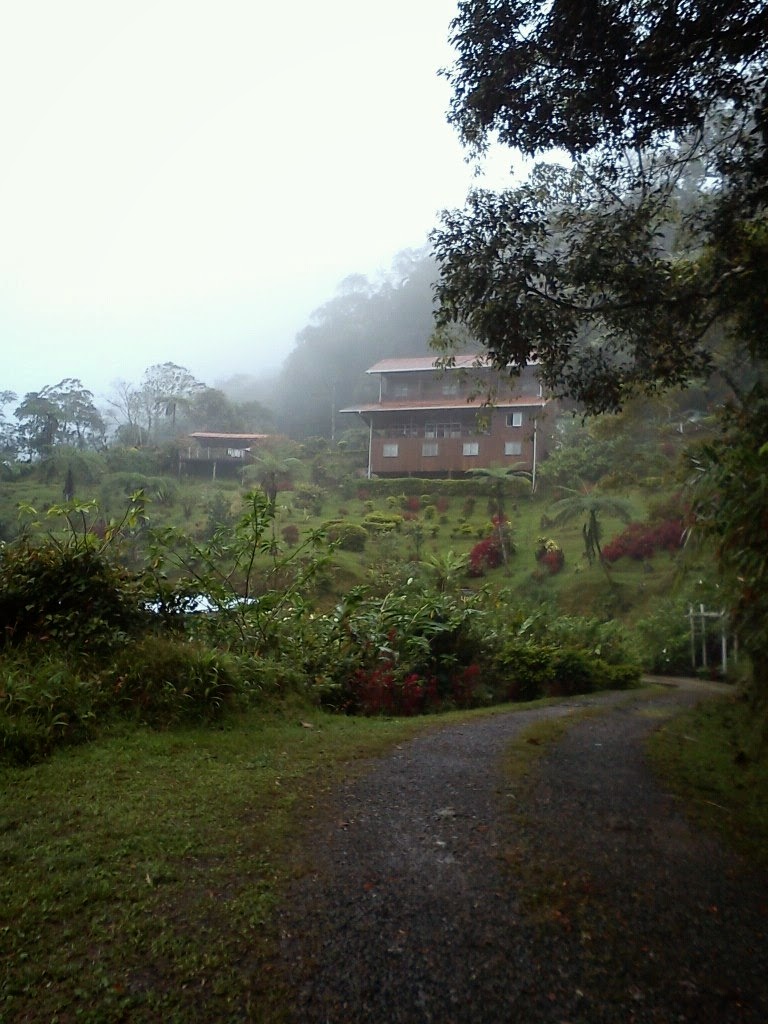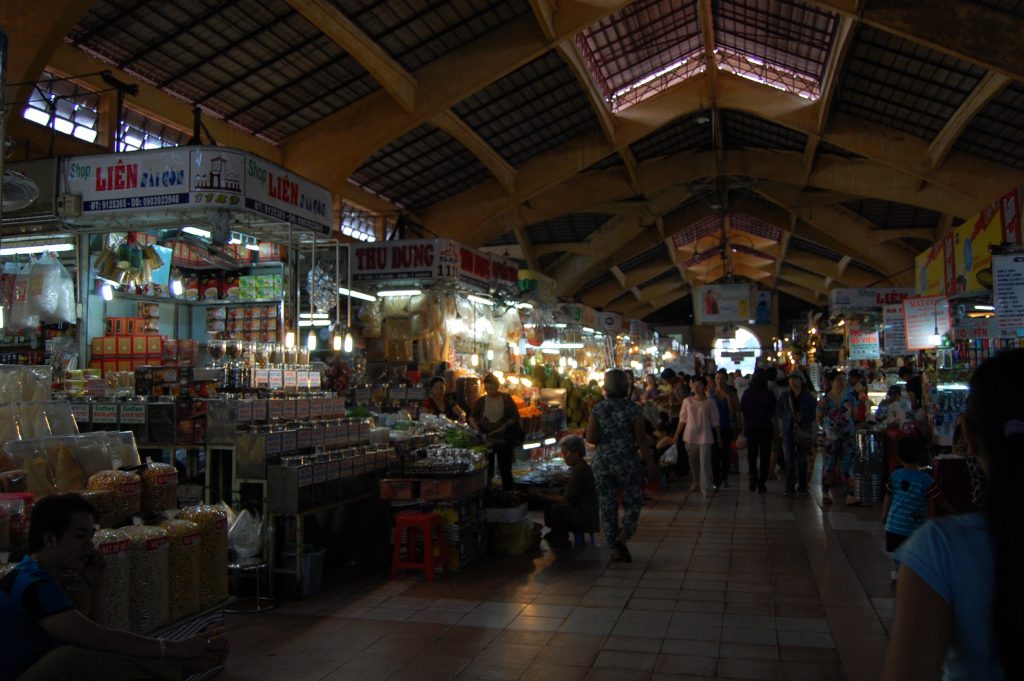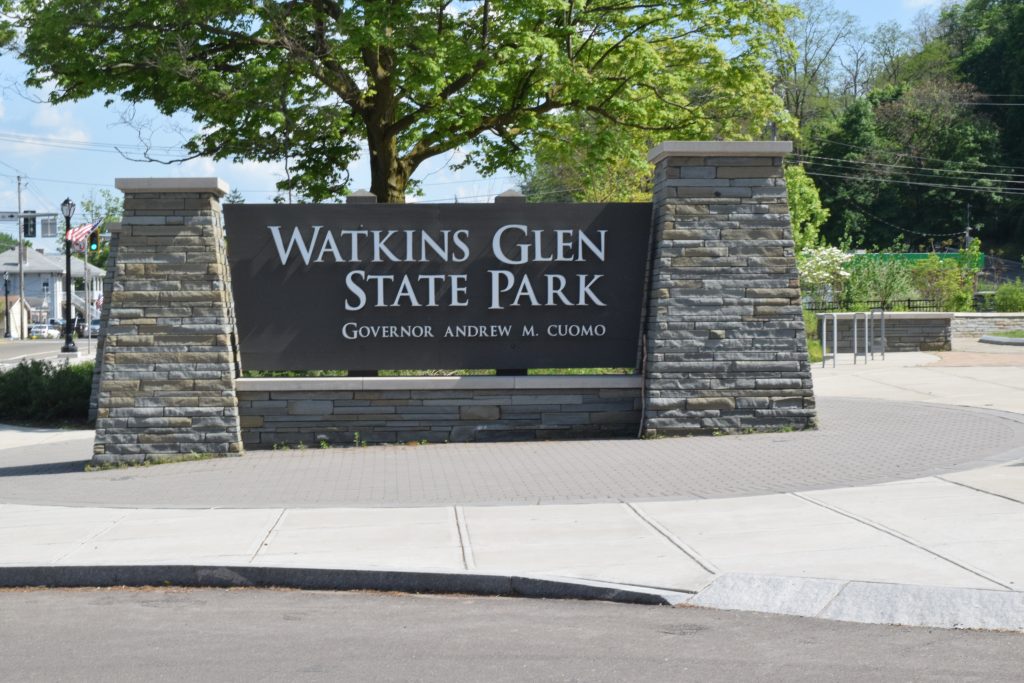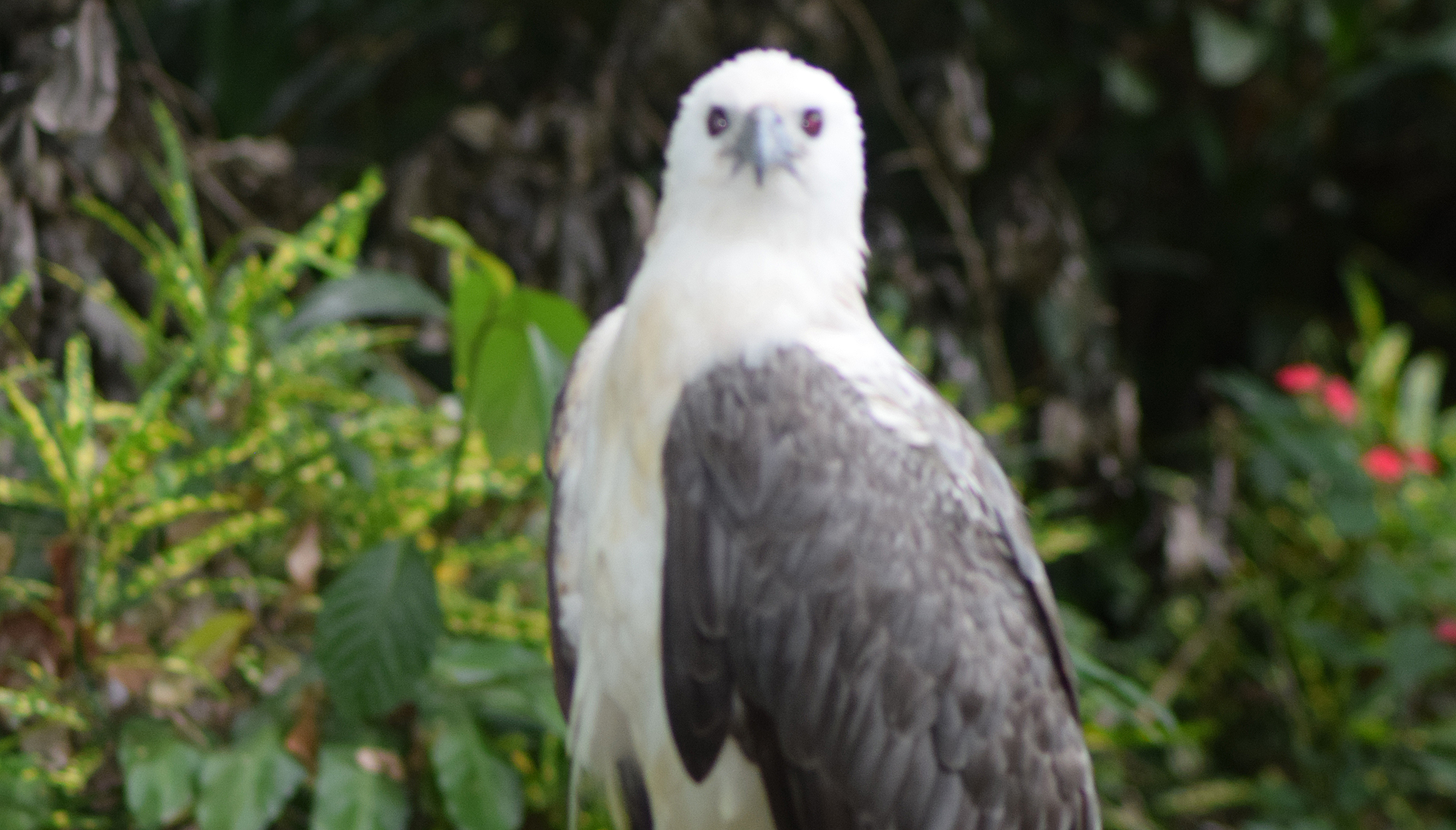
Become a More Sustainable Traveler
Are you a Sustainable Traveler
Are you a sustainable traveler is not likely a question you may have asked yourself. It is easy to overlook the impact our actions have on the planet. As the world starts opening up again to travel, it is important to consider if you are a sustainable traveler. The last few years have modified the way most people have interacted with nature. When China went into an almost total lockdown at the start of the COVID crisis, it shut down the country’s massive manufacturing sector. The result was a vast improvement in the air quality. In some areas, there were also improvements in water quality. It was even noticeable in satellite photographs. A report in the Nature Climate Change Journal showed a decrease of 26% in carbon emissions in the early stages of the lockdowns.
As the world restricted travel and different activities, many people turned to solitary interactions with nature. Hiking equipment, running shoes, and kayaks became some of the hard-to-find items.
In Thailand, many of the natural parks including marine parks are closed for a few months each year. This is so that the areas have a rest from visitors and a chance to recover. Thailand marine parks have been very lightly used for the last two years and a number of reports remark of substantial improvements of reef systems and marine life. There have been similar reports along the Belize Barrier Reef, which is a part of the Mesoamerican Reef.
These items do show how man impacts the world.
The Return To Travel
We have reached a point where countries are opening their borders for international travelers. It is not because COVID has been beaten. It is more that, closing the borders does not stop the spread. Many countries rely heavily on tourism to keep their people alive, and without that revenue, basic services are lacking. One of the challenges we will face is how to maintain the improved health of the environment.
Are You A Sustainable Traveler
Just like everyone likes to believe they are a good driver, people like to believe they act in an environmentally concerned manner.
CORAL_Reef_Safe_Travel_Guide_3Place your curse over the bottom of the PDF to see the controls for the next pages.
Transportation for the Sustainable Traveler
Transportation accounts for about 30% of the US greenhouse gas emissions, with airlines making up almost 10% of that number. They also have the highest emissions per mile except for cruise ships. When making your travel plans consider using trains or buses instead of flying. A company that does emission calculations in Europe, Eco Passenger, compared trains to cars and airplanes, trains emit between 66 and 75 percent less carbon. In terms of energy consumption, use of space, and noise levels, trains are far more sustainable too. Not only is it more environmentally friendly, but it may also be cheaper.
To get to Chiang Mai from Bangkok, I took a train. The fare for train was only slightly cheaper than flying and took 12 hours as opposed to flying in about 2 hours. However, The train was overnight and had a sleeper. So it was one night that I did not have to pay for a hotel room. When I was living in Germany, the train was my primary method of traveling long distances. Not only was it more environmentally friendly, and less expensive, in many cases, it took less time when you add in check-ins times for flights. If you do fly, look into Carbon offsetting.
Avoid Tourist
That sounds funny but avoid tourists. Years ago, the island of Boracay in the Philippines was considered one of the best beaches in the world. It became popular. So popular that it was the prime tourism destination in the country for both domestic and international tourists. In 2017, 5 million international tourists visited the Philippines and an estimated 25% of them spend time on the tiny island. The island’s infrastructure was overwhelmed. In April 2018, Philippine President Duterte called it a “cesspool” and closed the island. A massive project started removing the illegal buildings, rebuilding infrastructure, and limiting development. It took 6 months of effort before it was to open with strict limits. Controls are still in place to limit the number of residents and visitors.
If you want to go somewhere that is a popular destination, consider going in the low season or shoulder season. Most destinations have a high or peak season and a low season. The difference in the number of tourists and the prices can be vast. Sometimes, the reason for the difference is the weather, and not always the weather at the destination. The Caribbean seems a huge increase in tourists in the winter months. Part is because of hurricane season in the late summer and fall, but also because people in colder climates head there to escape the cold. The so-called snowbirds.
Low season in the Caribbean can put you at risk of a hurricane or at least a patch of poor weather. Still, it may be something to consider. In some destinations, many places shut down in the low season. The shoulder season may be your best bet. This is the time after the peak of tourists and before the full low season arrives. Prices are often lower and there is fewer tourist. Most attractions and things to do are still available. If the weather is one of the drivers of the low season, you may find that the shoulder season is more like peak season than low.
Reduce, Reuse, Recycle
Reduce, reuse and recycle should be the cornerstone of our everyday lives. Keep them in mind as you plan your vacations. Look for accommodations that practice environmental concerns. Some destinations often have programs where you can help out on some special project.
Think Local
Years ago, I had a friend that convinced me to go with her to Mexico. She spoke Spanish and that was one of the reasons she wanted to go there. She selected the destination and made all the arrangements. Her selection was an all-inclusive resort in Cancun. After we finished our vacation, I wondered why selecting a Spanish-speaking destination was important to her. We only left the resort once during the week, and all the resort staff spoke English. Well, she left the resort once. I left it a few times. While my travel companion planned a day at the spa, I grabbed a bus and headed into the city.
All-inclusive resorts can provide a great vacation. Since most of your costs are already paid for, few people venture out of the resort. If you stayed at your resort in Cancun can you really say you visited Mexico? Yes, you are helping the people who work at the resort, but how much of what you spend reaches other locals?
I really enjoy getting away from the tourists when I travel. In Asia, visiting a local market is a must-do for me. You have not lived until you have tried street food. When I visit Thailand, I would say most of my meals are street food, about the same for Singapore as well.

Look for smaller hotels or inns that are not a part of some international chain. It is more likely locally owned and the staff will care more for the guest. In Germany, eat at the local Gasthaus, even if you are not staying at one. The food and atmosphere will be great.
Be polite and friendly and most likely they will also. One of the things I really enjoy about Airbnb is that you are normally in an environment that is not geared towards the tourist. You get to meet the people who live there. You should also consider a vacation staying in a hostel. They can be great experiences as well for the sustainable traveler
A Sustainable Traveler Visits Nature
If you are like me, you have to travel. I also like to be around nature. Plan some time in nature on your travels. When you look over this website, you will see a number of articles about camping. While this will seem to go against the recommendation of longer vacations, consider adding some short camping or nature vacations, even if they are just long weekends. Responsible camping can have a very low impact on the environment and can be very relaxing.
Near me are a number of state parks that offer low-cost camping experiences. Once there, responsible camping means you have little impact on the environment, likely less than staying home. I have a small battery pack that will allow me some light in my tent after dark and to recharge my cell phone, which I use to keep track of my hikes. The battery pack is solar-powered.
One of my best-remembered vacations was a week-long trip to Kota Kinabalu in Malaysia. Kota Kinabalu is nicknamed the “Outdoor City”. There are many open areas around the city, it is oceanfront and has a marine park and small islands just offshore. It is also the kick-off point for trips to Mount Kinabalu (4,095.2 m), the highest mountain between the Himalayas and New Guinea about 55 miles (ca. 89 kilometers) away. The Mount Kinabalu National Park is also a UNESCO World Heritage Site. This trip was 3 nights in Kota Kinabalu (KK) and 4 nights in a small lodge/ hostel just outside the park.
The days we were in KK were spent walking around the city and enjoying the sites. Our meals were not franchised fast food, but either at small local eateries or in the markets. One market that I really enjoyed was a parking lot during the day. The market area would have fresh seafood as well as other foods. In the evening, it was the best place to eat. Eateries would set up their kitchens and tables. You would go to the market and buy the seafood you wanted for dinner and take it to the eateries. The menus would give you your choice of side dishes and how you wanted to be prepared.

The place we stayed at Mount Kinabalu was amazing. It was simple but had incredible views. Breakfast was included, however, you had to order your lunch and dinner at breakfast time. You only had two choices for each, with meat or vegetarian. The meals were a fixed price and very inexpensive. After breakfast, the kitchen staff would go to the market and get fresh food for the day’s meals. We never climbed to the mountain peak, which required an overnight stay part of the way up. We did, however, hike daily on the many trails in the central portion of the park.
Travel Locally
How often do you travel locally? The Transportation for the Sustainable Traveler section talked about the impact of carbon emissions on different methods of travel. One suggestion is that you extend your vacation instead of taking multiple trips. Let’s say a 2-week vacation to a tropical paradise instead of 2 one week stays over the course of the year. On paper that looks good, however, that is a long time between vacations. When I started my “journey” of taking vacations each year, my plan was one week-long vacation and two mini-vacations. You could make those mini-vacations somewhere close to home or even stay at home and take day trips. Try a weekend of camping at a nearby state or national park.

COVID has changed the way many people travel. The term Staycation has become popular and many people have adapted this. A staycation is a vacation while staying in your own home, instead of traveling a long distance and staying in a hotel. You treat each day the same as you would if you had traveled a distance away. Spending the day at local tourist destinations. Just about everyone lives in a location that tourists visit. So why not enjoy what they do. Many people come each summer to stay at St. Michael’s and enjoy the local area. I can do that every day. Enjoy your Hometown travel while being a sustainable traveler
Are You doing Your Part to Be An Sustainable Traveler?
I try to be. Cruises are among my favorite methods of travel, and I know it is the worst for the sustainable traveler. However, I do try to offset the means of travel with other ways to support the locals. Being retired, I do not have as much of a fixed schedule. The last two years have made me change the way I travel. I have not been able to take my 6 to 8-week winter trips. Instead, I have been doing a more domestic plan with a few 1-week vacations and some “Staycations”. I hope to start a program for myself that includes a variety of vacations and staycations.
Here is an interesting online Marine Conservation program by Caitlin McCall who also writes for a website I write for.




